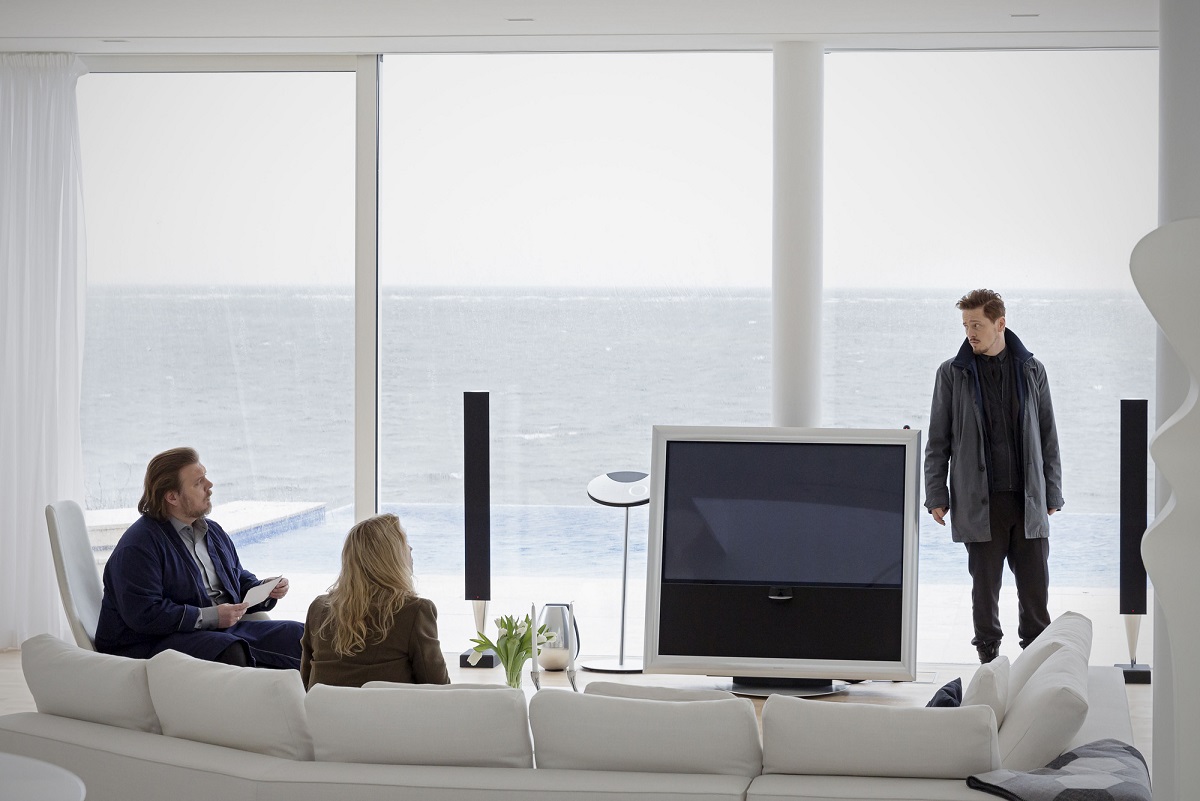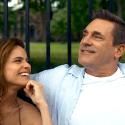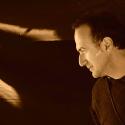Was it just my bewilderment, or were there even more criss-crossing narratives than usual in this third series of The Bridge? As in, unusually expanded levels of human traffic, in various forms of distress, flowing under said structure.
The Bridge, along with other Nordic noir that we’ve come to love, has long adopted the position that the best way to get from a to d is via x, y and z. It’s gripping in its ability to interconnect stories, but occasionally everyting gets a bit much. Somewhere early in episode nine we had Saga (whom we should really call Séga?) and new partner Hendrik (much more on that later) zooming off to question a character they’d dredged up from episode one.
This series pushed the detective format to its absolute limits
“Remember us?” they enquired of the unfortunate woman it’s simpler to refer to just as the widow of Helle Anker, whose corpse was the first to turn up way back at the beginning. It gave a new meaning to redundant question, given that one of Saga’s most emotionally tactless moments in the series – though competition in that category is always frantic – had come when she’d halted Helle’s funeral as the coffin was leaving the church because further forensics were called for. Slim chance that one had been forgotten.
The question was whether we, the viewers, actually remembered who she was. Let alone just where she fitted in with the religious vlogger with the crazed handyman and the husband who just happened to run the truck park where Helle, artfully posed in the kind of art installation we would become very used to, was found. Not to mention that family saga in which dynastic home-making (of the construction variety) was mixed up with some practically underage home-breaking. Or the no less youthful gambler, a sweet fellow who we were somehow sure was never going to join that ninety-something percent of the Danish population for whom happiness is their declared state of existence. (He didn't.)
 Episode six at least brought a kind of regrouping, introducing the substantial Freddie Holst (Nicolas Bro) and wife Asa, who came along with her happiness-affirming ex- Claes, in turn attended by the ever-attentive Annika. In contrast to the various shades of darkness that characterised many of the show’s interiors (Saga and Hendrik stake out another crime scene, pictured above), Freddie at least had a spacious villa on the sea (bottom image), not to mention a sidekick factotum-bodyguard who must have helped him keep track of all the threads. Appearing at roughly the same time was that rather dishy art historian Emil Larsson (Adam Pålsson), the only one apparently not involved in anything who just came forward with some helpful hints.
Episode six at least brought a kind of regrouping, introducing the substantial Freddie Holst (Nicolas Bro) and wife Asa, who came along with her happiness-affirming ex- Claes, in turn attended by the ever-attentive Annika. In contrast to the various shades of darkness that characterised many of the show’s interiors (Saga and Hendrik stake out another crime scene, pictured above), Freddie at least had a spacious villa on the sea (bottom image), not to mention a sidekick factotum-bodyguard who must have helped him keep track of all the threads. Appearing at roughly the same time was that rather dishy art historian Emil Larsson (Adam Pålsson), the only one apparently not involved in anything who just came forward with some helpful hints.
Actually, that was all just fine, because the real attention here was on Saga, who was revealing herself in all sorts of ways we didn’t anticipate. You might have thought that Copenhagen’s finest would have been wary of her after she’d shopped best friend Martin, and Hanne (consult briefing notes) duly was, but Henrik (Thure Lindhardt) was not to be deterred. He had his own ghosts (literally, in a story element that was sensitively handled) but that wasn’t going to stop him from relating to Saga as the human being she just isn’t. His tactic, alongside close contacts of the horizontal kind, seemed to be increasingly to rib her: “Wiki” became his pet name for her, and that time he stunned her by seeming to identify a car from its tyre-prints was priceless. Increasingly, though, he looked like he was rolling his eyes each new time she put her foot into someone else's grief.
 Even skirting around the sad fate of Hans (how revealing Saga's very final encounter with him was) and the fact that his stand-in Linn had a disposition that could have frozen the equator, her own family (what was left of it anyway) had imploded for the sake, it seemed, of incriminating her in murder. Saga was up against it: last, and probably worst, of all was the fact that the killer whose name will go unmentioned was articulating the kind of emotional nihilism that came perilously close to her own. There was something ontologically very rotten in this state of Denmark-stroke-Sweden, and as the theme tune wailed so insightfully, it all went back to the beginning. (No doubt theses are being written on Saga’s variations of inflection of the Swedish monosyllable, though.)
Even skirting around the sad fate of Hans (how revealing Saga's very final encounter with him was) and the fact that his stand-in Linn had a disposition that could have frozen the equator, her own family (what was left of it anyway) had imploded for the sake, it seemed, of incriminating her in murder. Saga was up against it: last, and probably worst, of all was the fact that the killer whose name will go unmentioned was articulating the kind of emotional nihilism that came perilously close to her own. There was something ontologically very rotten in this state of Denmark-stroke-Sweden, and as the theme tune wailed so insightfully, it all went back to the beginning. (No doubt theses are being written on Saga’s variations of inflection of the Swedish monosyllable, though.)
Which led to the truly remarkable final minutes in which catharsis caught up. Guttingly. It was breakdown in yellow that few can have expected would ever arrive, and outstandingly played by both parties. (I defy anyone to find a picture of it on the Internet, though, as if Saga had managed to keep her breakdown out of the papers, so to speak.) My only apprehension stemmed from remembering that the last time we had a strong Nordic heroine going so out of character – Sarah Lund, last seen commandeering that private plane for Reykjavik – all that remained was to wrap the show.
Perhaps it’s time. This series pushed the detective format to its absolute limits, resolution coming principally through the wish of its culprit to be detected rather than much actual detection. Other questions remain, the smallest of which was what Claes was doing with that spade. More significantly, just how did that unmentionable one manage to stage everything all on their tod, not least removing final very stout party to that island wilderness that otherwise seemed accessible only by helicopter. Odd, too, that the other 'copter flying around just before then proved beyond the tracing capabilities even of John (and they were miraculous), while expecting us to believe that Copenhagen police have to rely on borrowing one from Gothenburg of all places was a suspension of belief too far. Mind you, helicopter hire in the Danish capital must be problematic, what with most of them presumably booked up years ahead to get those bleakly atmospheric night-time aerial shots that are among the many things that have made The Bridge so special.















Add comment